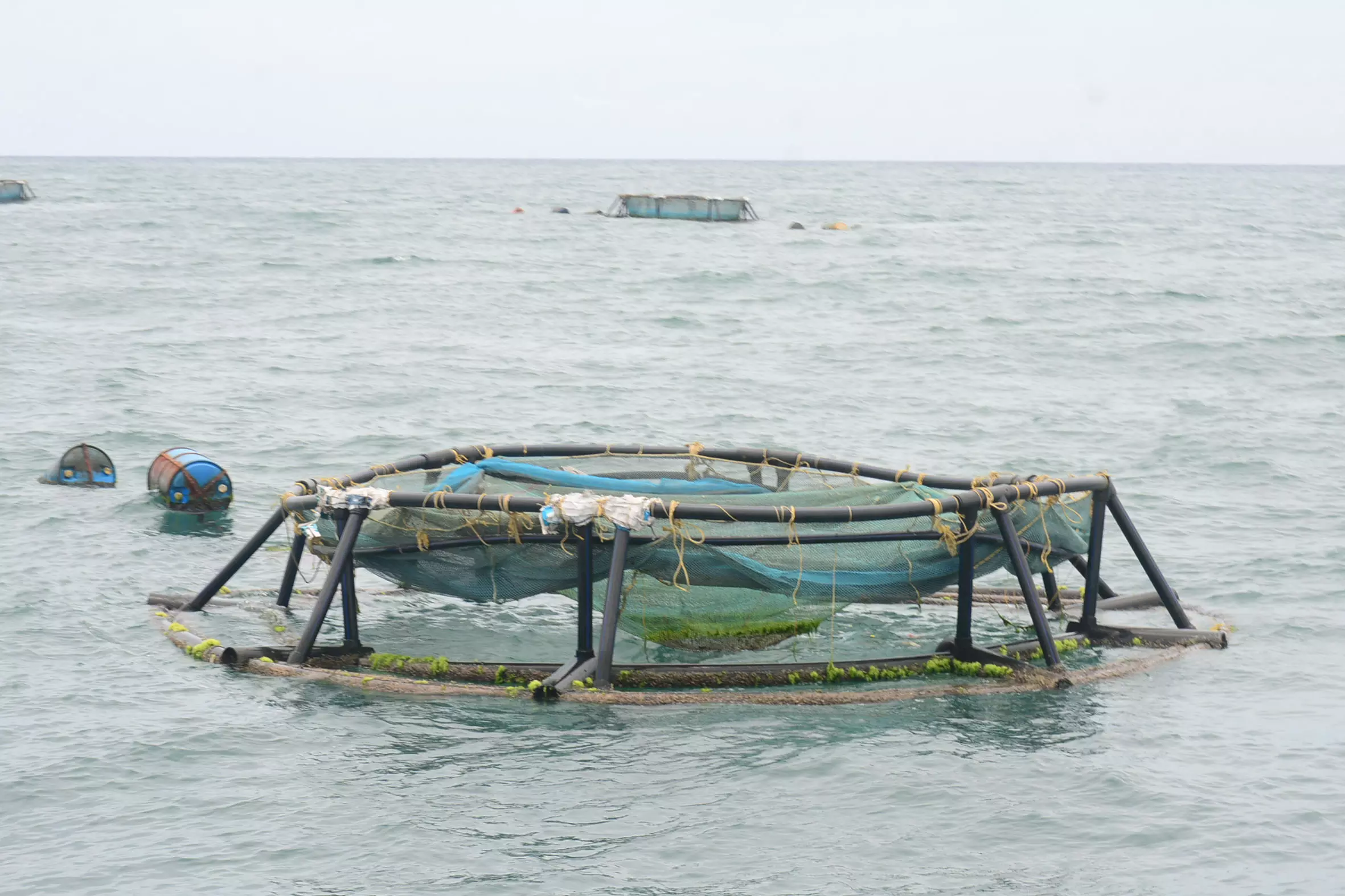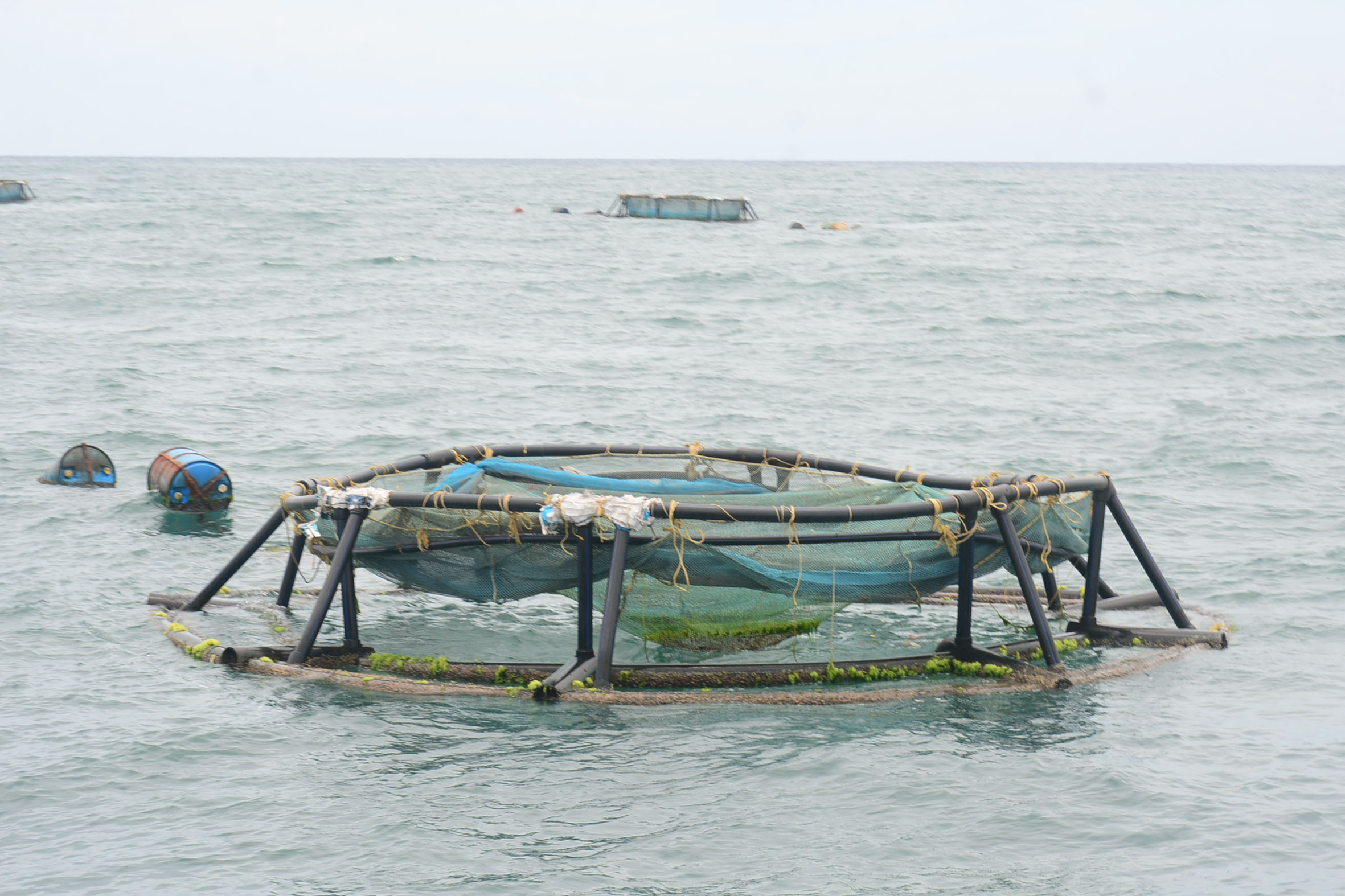
Each artificial reef can support livelihoods of approximately 4,300 fisherfolk. While 22 reef units are expected to come up under Phase 1, the number will go up to 162 in Phase II off the Visakhapatnam district coastline. The project can benefit over 50,000 fisherfolk directly and indirectly.
Kerala State Coastal Development Corporation develops and supplies the reef modules, which are positioned approximately one kilometre offshore on sandbars at a depth of 40 feet. Crane-equipped boats are used for precise installation under the technical supervision of the Central Marine Fisheries Research Institute (CMFRI).
The project aims to increase marine fish yields by at least 30 per cent, compared to the adjacent non-reef areas, while simultaneously supporting the livelihoods of traditional fishermen operating within the six nautical mile coastal limit.
CMFRI principal secretary Joe Kizhakaudan told Deccan Chronicle, “This is an approved practice worldwide. India has been implementing it under the PMMSY across states including Maharashtra, Karnataka, Kerala, Puducherry, Tamil Nadu, and Odisha.”
According to Joe Kizhakaudan, artificial reefs provide habitats for various fish species in their different life stages, whether they are juvenile, breeding, or aggregating for food, shelter, refugium or reproduction.
“Our attempt is to invite marine communities that have moved to deeper waters due to increasing temperatures to return to coastal waters. The artificial reefs are weather resilient and can support 200 to 300 marine species, significantly enriching biodiversity in an area,” the CMRI chief explained.
A major benefit is fishermen need not scout from morning till evening or spend several days at sea. They will have fixed habitats to visit and fixed grounds for fishing.
Visakhapatnam Fisheries joint director P. Lakshmana Rao highlighted the long-term benefits of the artificial reef project. “Decades of natural habitat loss have severely impacted fish stocks along our coast. Artificial reefs are a scientifically proven method to rejuvenate marine biodiversity. With proper monitoring, these habitats can provide sustained ecological and economic benefits,” he pointed out.
Lakshmana Rao said fishermen will be able to manage the fish resources sustainably. They can observe whether fish are breeding and avoid fishing during critical periods. Once fishermen have multiple artificial reefs, they can rotate their activities between different sites.
Unlike open-access fishing grounds that often lead to fierce competition, artificial reef systems allow fisherfolk to monitor fish populations, avoid catching breeding stock, and rotate their fishing locations.
